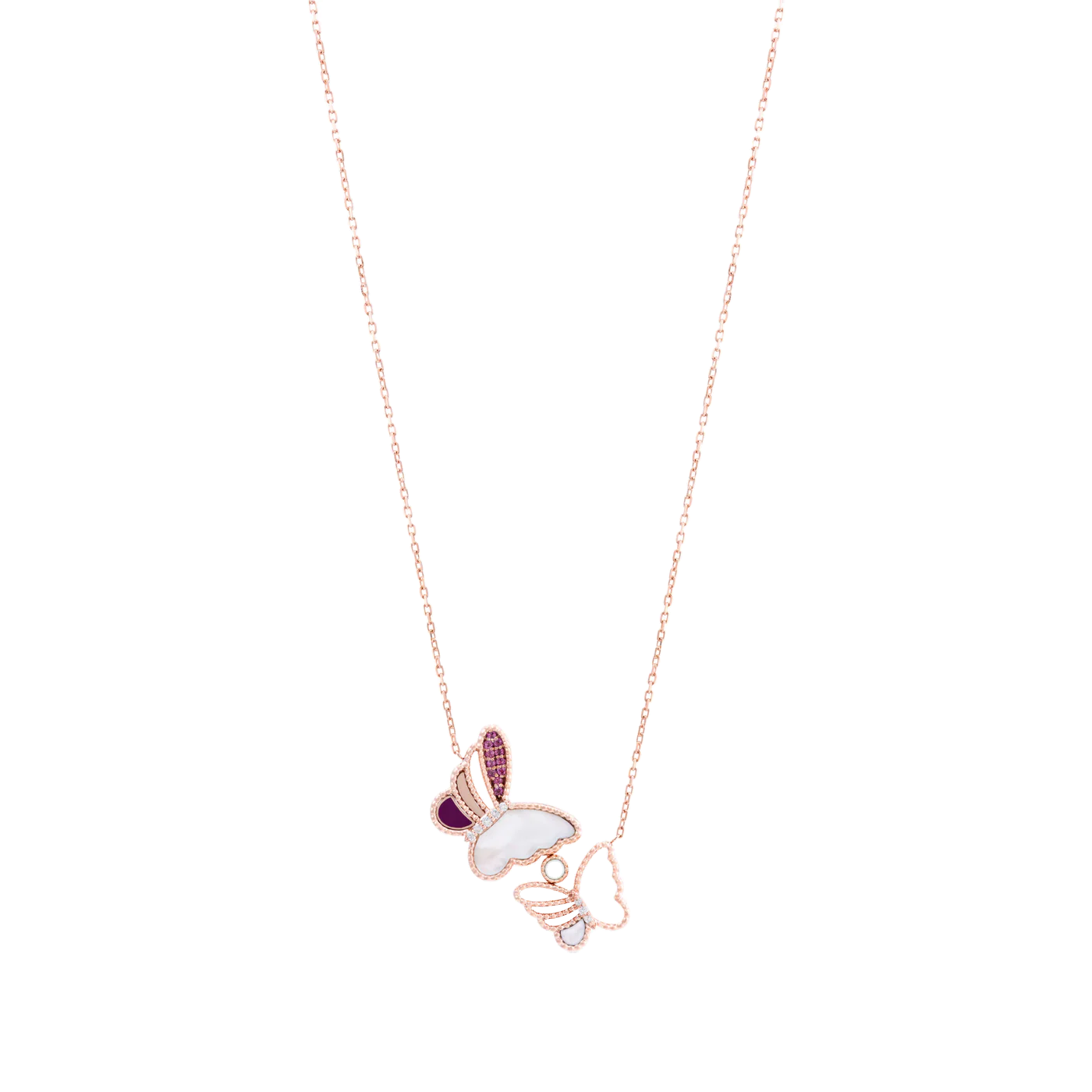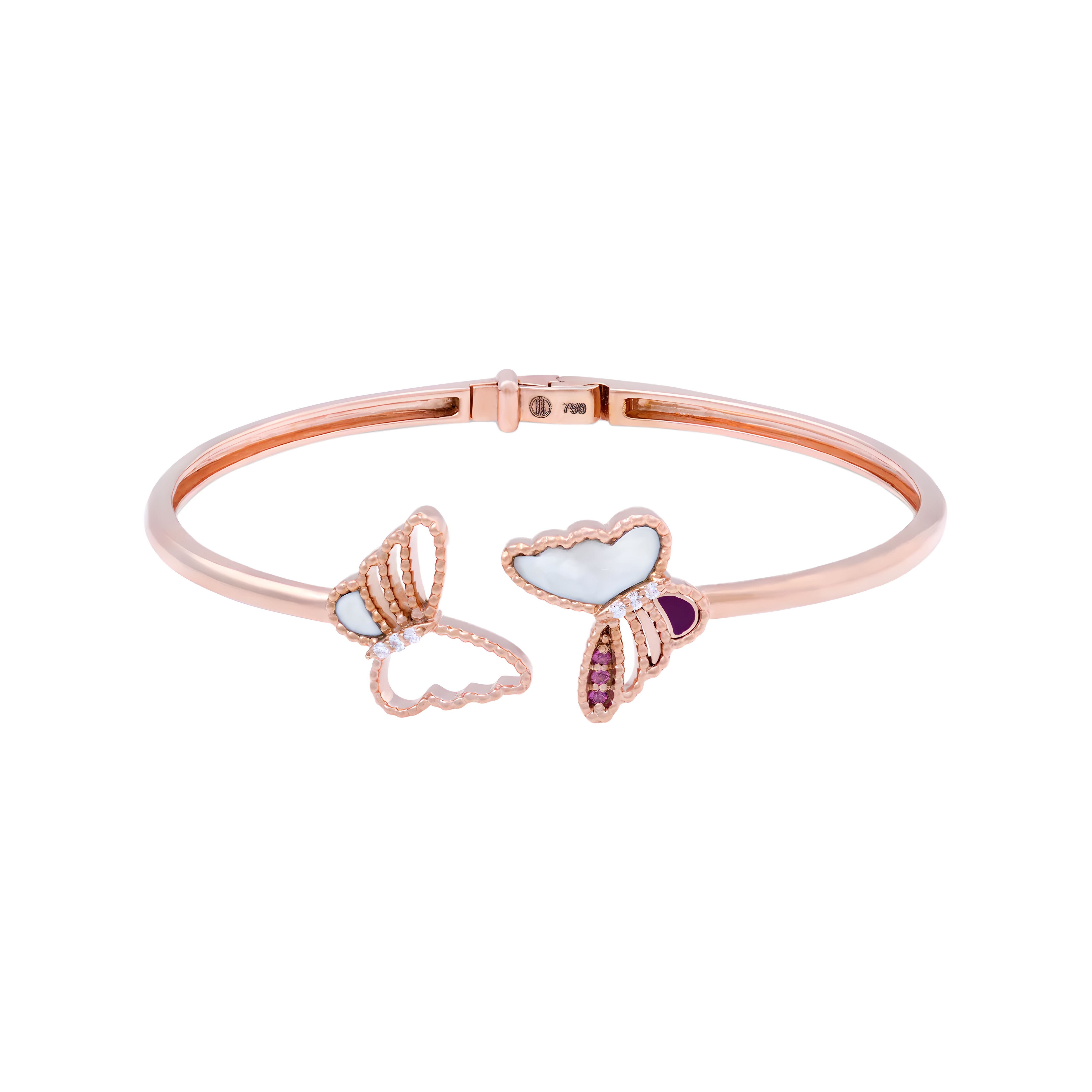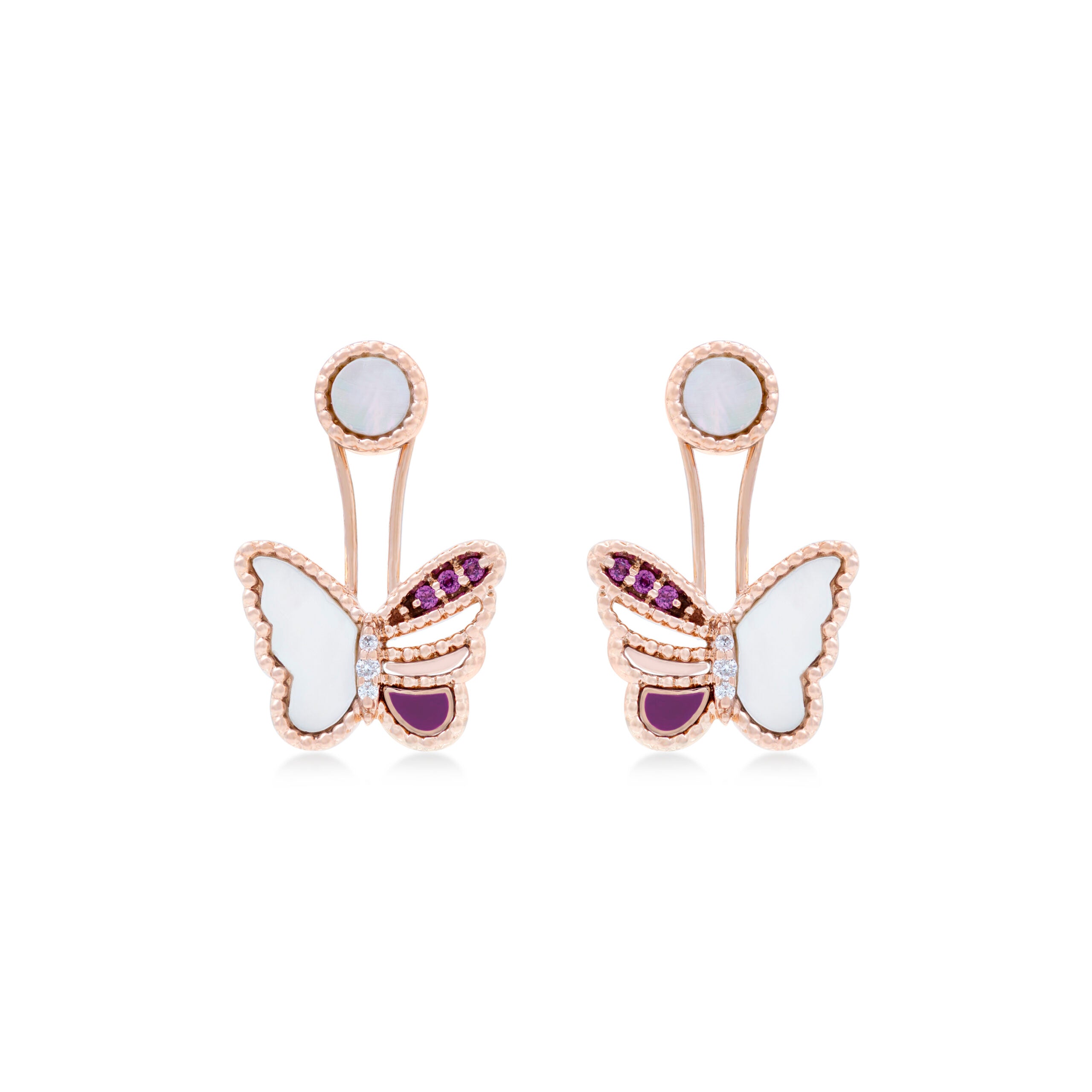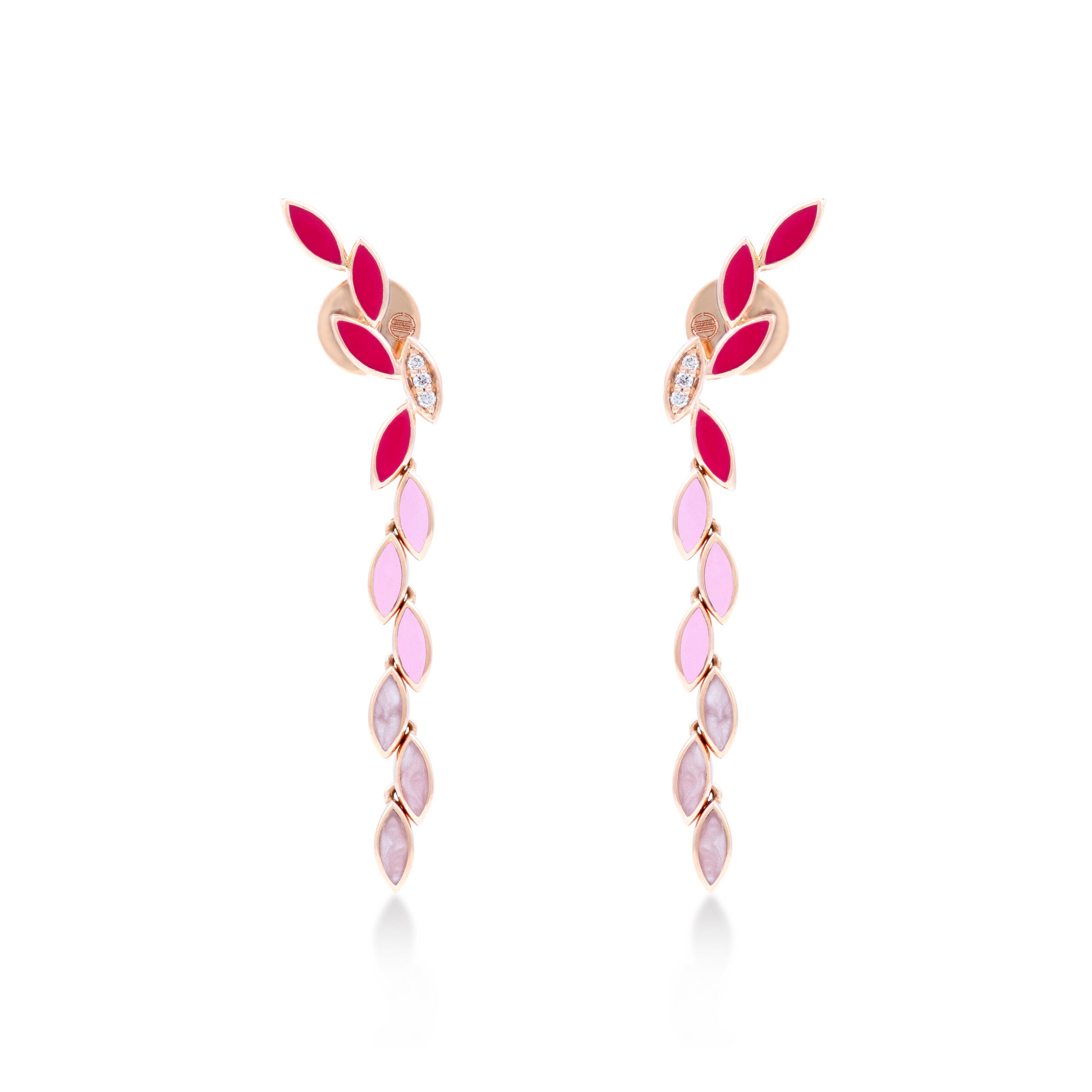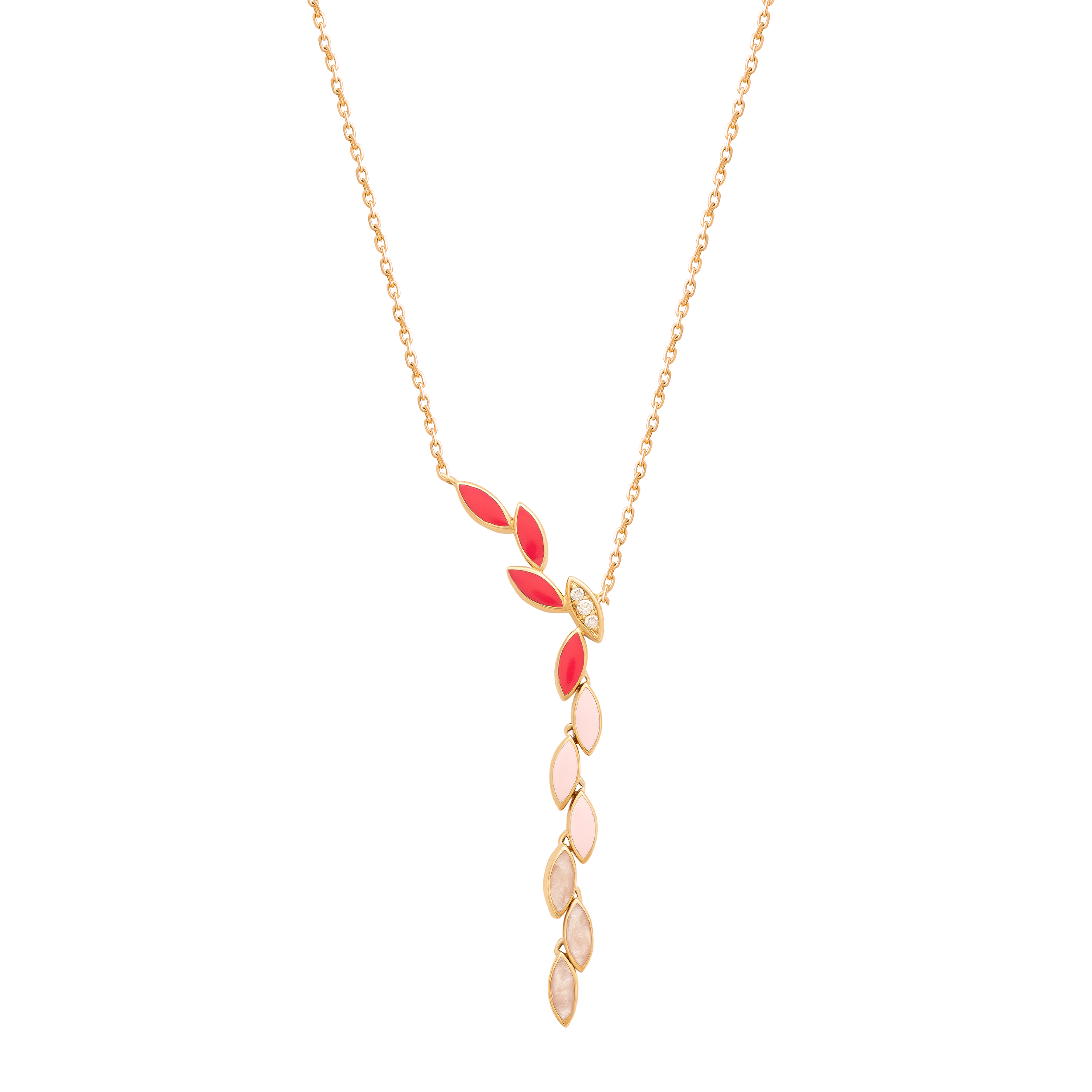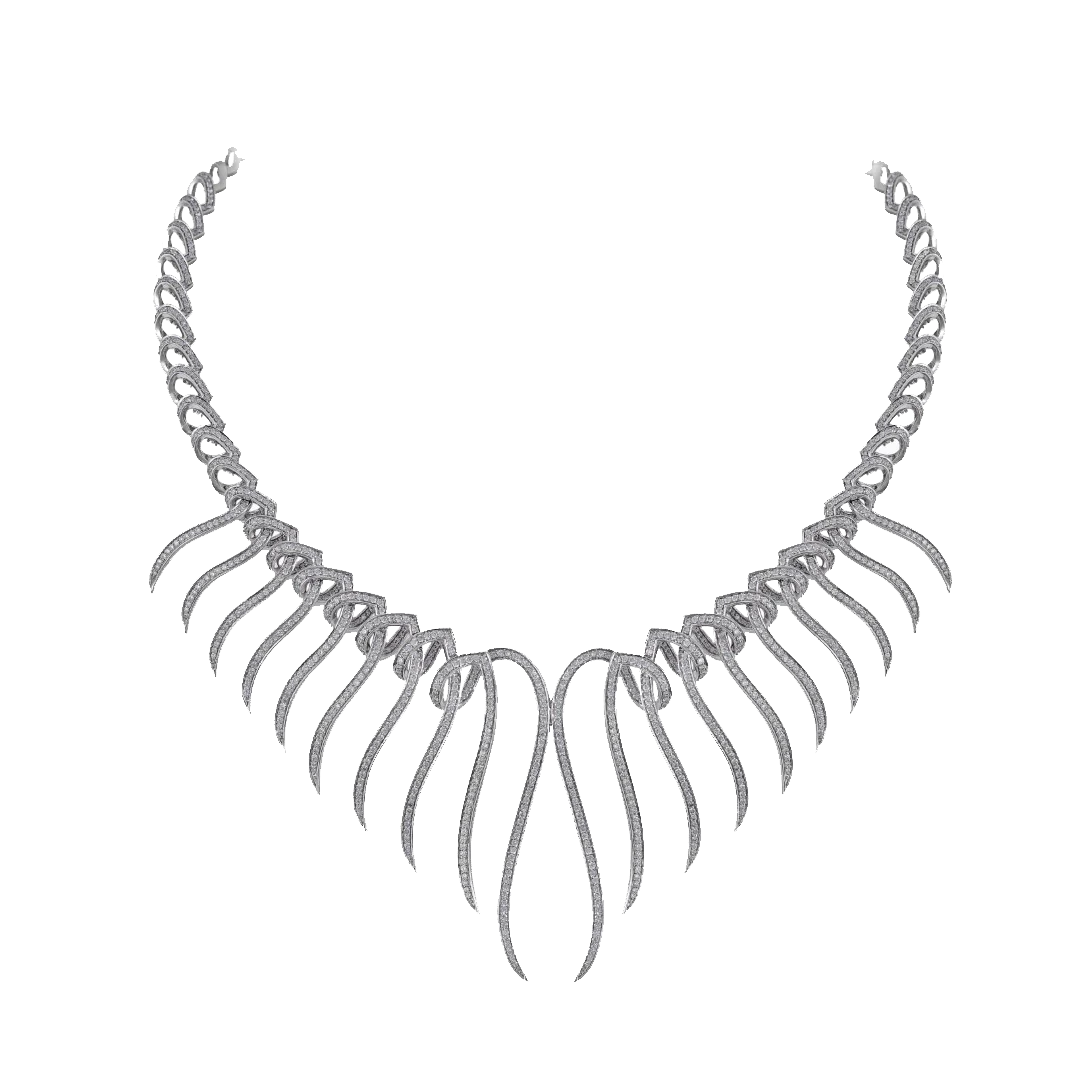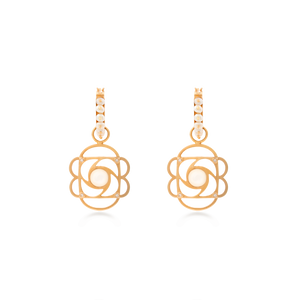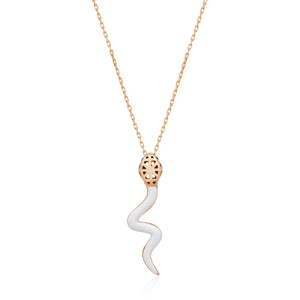High jewelry is the ultimate starting piece of art, made of finest craftsmanship and special jewels, carved in the most beautiful heritage. To the average collector and enthusiast, high jewels may be regarded as status symbols, heirloom, and good taste. But hidden behind the glamour and allure is actually a series of challenges that prospective and current owners have to consider prior to investing in these pieces of preciousness.
At Jewel Teller, we are fully aware of the passion involved in the purchase of high jewelry, and how nowadays we are becoming more open-minded towards having a clearer view of what it is all about. This article explores the hidden challenges that come with owning high jewellery, helping you make well-informed decisions while safeguarding your precious assets.
1. Financial Considerations: Beyond the Initial Purchase Price
Acquiring high jewelry is a considerable investment and, in most cases, its cost may be spread further. Namely, some of the main financial difficulties are:
-
High Maintenance and Insurance Costs:
-
Jewel must be cleaned, checked, and, in some cases, fixed frequently in order to preserve their shine and build.
-
The high values of replacement and risk factors can make the insurance premiums of high jewelry items high.
-
Market Volatility:
-
Precious metals and gemstones are susceptible to the value which may vary depending on the conditions of the world economy, political situation, or fashion.
-
Unlike other investments, the resale value of the high jewelry might not always be the same as it was used to be purchased, or even higher as the demand in the market may change.
-
Liquidity Issues:
-
High jewelry is not a highly liquid asset. Selling of such items may be time consuming, and it might be necessary to seek expert appraisal and known networks.
2. Security Risks and Storage Challenges
By its very nature, high jewelry is an attention-getter, not exactly an audience-pleaser. Development and protection are a major issue to be worried about:
-
Risk of Theft or Loss:
-
High jewelry items are very valuable and are also easily moved, which often made them an easy target in theft.
-
Even in those cases where loss is by mistake or misplaced, the result is disastrous financial and emotional loss.
-
Safe Storage Solutions:
-
Owners also need to invest in safe and secure places which are ideally fire and burglary proof.
-
Banks or special vaults may provide more protection in the form of steel safety deposit boxes with restricted access.
-
Travel Security:
-
High jewelry needs high guarding and proper transportation making it need intensive planning, insurance policies and possibly professional security monitoring.
3. Maintenance and Preservation of Quality
High jewelry is extremely luxurious, so jewelry is necessarily maintained through regular attention to craftsmanship and material sensitivity:
-
Regular Professional Cleaning:
-
It is recommended that high jewelry should be cleaned and checked by professionals so that fragile gems and jewels and jewelry settings are not damaged.
-
The amateur cleaning techniques can scratch or can lose stones.
-
Environmental Sensitivities:
-
Some gemstones and metals are sensitive to chemicals, high and low temperatures, and sunlight which may have a corrosive effect such that they become discolored or brittle.
-
The original luster has to be maintained and hence the need to store them in controlled environments.
-
Repair and Restoration Complexity:
-
The nature of repairs needs special skills and may be expensive.
-
Rebuilding old or unique objects to ensure they reconnect to their original form can be tough as material or processes might not be available.
4. Authenticity and Provenance Verification
There is usually a rich history attached to high jewelry, and authenticity and provenance is important to verify:
-
Risk of Counterfeits and Misrepresented Pieces:
-
The high jewelry industry is sometimes littered with counterfeiters or kind of manipulated folklore.
-
Purchasers have to have reliance on certified appraisals, quality dealers and written history.
-
Documentation and Certification:
-
Trust and value are improved with proper certificates in known gemological laboratories (e.g. GIA or AGS).
-
Provenance helps one enhance the value of a piece but it must be handled with care.
-
Legal and Ethical Considerations:
-
Ethical gems and metal sourcing is increasingly becoming significant.
-
In order to avoid legal issues, the buyers need to ensure that their jewelry cannot be assessed as non-compliant with the international rules.
5. Wearability and Lifestyle Impacts
Possession of high jewelry is not the only idea when having it; it is a means of embedding in your life:
-
Occasional Use vs. Daily Wear:
-
A lot of high jewelry is not meant as daily accessories.
-
Severe wear can easily break or lose.
-
Comfort and Practicality:
-
Other designs give focus on looks and aesthetics before comfort and wearability.
-
Owners should take into account the question of the correspondence of pieces to lifestyle and activities.
-
Social and Psychological Factors:
-
Big jewelry can get attention that can become intrusive or uncomfortable.
-
Occasionally, the owners experience fear of getting harmed or undesired attention.
6. Market Trends and Changing Tastes
Fashion trends change the style of high jewelry and this is a factor that influences demand and value:
-
Timeless vs. Trendy Designs:
-
Some items may be still valuable because of timeless designs, however, others could lose their values very soon.
-
Trends may influence the ability to resell an item, and investment value often stages higher in pieces of timelessness.
-
Cultural and Regional Preferences:
-
The marketability depends on the preferences of style and gemstones that are associated across the world.
-
Having knowledge of such sensitivities matters in a foreign purchase or sale.
-
Sustainability Movements:
-
The growth in the consumption of sustainable and ethically sourced jewelry has an influence on the production and resale markets.
7. Emotional and Sentimental Challenges
High jewelry often is symbolic or inherent meaning, which makes the decision even more complicated:
-
Emotional Attachment:
-
Items held in the family can cause sentimentalism in terms of keeping it or selling it.
-
Conflict with adjustments to the ownership within families may appear.
-
Decision-Making Stress:
-
When one decides to sell or insure high jewelry it may be an emotionally stressful decision as the jewelry has a symbolic meaning.
Conclusion
Although there is no alternative to high jewelry in terms of beauty, workmanship, and exclusiveness, there are certain ways how possessing these jewels becomes a complicated business. Money spent, security needs, maintenance and changing trends in the market needs the owners to be active and knowledgeable. Jewel Teller is a jewelry boutique that is dedicated to helping jewelry enthusiasts to confidently own jewelry and approach the ownership process with a healthy share of passion and prudence- making their valuable high jewelry pieces last throughout the generations.
FAQs about Owning High Jewelry
1. How often should high jewelry be professionally inspected and cleaned?
It is advised to consider high jewelry professionally checked and cleaned at one to two times a year in order to prevent possible alterations and observe all problems at a timely stage.
2. What types of insurance coverage are best suited for high jewelry?
All inclusive jewelry insurance cover that protects against loss, theft, damage as well as mysterious disappearance are the best. It is important to have valuation updates so as to have sufficient coverage.
3. Can high jewelry be resold easily?
The resale of high jewelry is based on the market necessity and provenance, its condition and design. Some of the pieces sell faster and others can take a long time to get to the right buyer.
4. How can I verify the authenticity of a high jewelry piece?
Buy only gemstones that are certified by very well known, respectable gem labs and deal only with reputable dealers. This kind of documentation such as proceeds and certificates are highly essential to verify.
Final Words:
Whenever you feel concerned or need professional advice to purchase or retain your high-value jewelry, Jewel Teller is right where you need it; to offer trusted advice and high-valued services.

